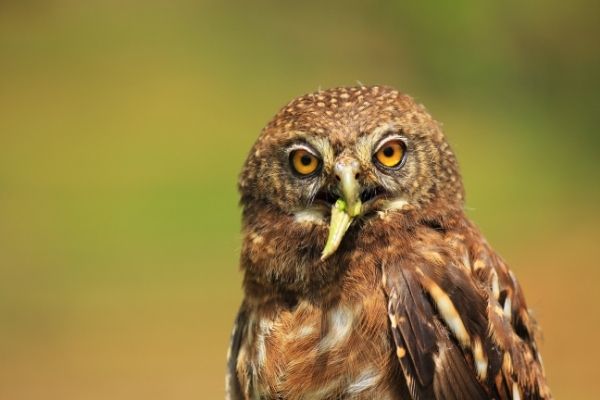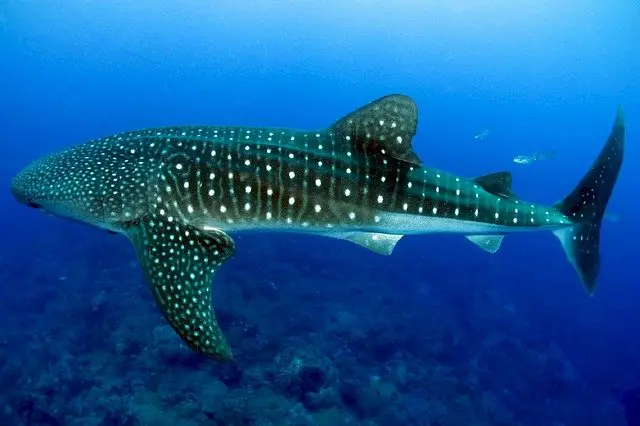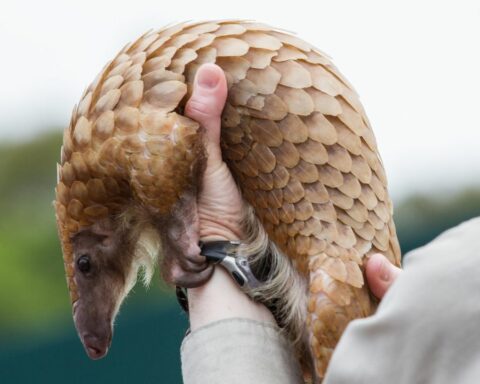Sparrows are small birds, ubiquitous in urban areas and human settlements. They belong to the family Passeridae and the genus Passer. There are 28 species in the Passer genus including, the most common house sparrow and the Eurasian tree sparrow. These little birds were native to the Old World, however, some of their species have been introduced to parts of Australia, the Americas, and Africa. Sparrows play a significant ecological role in controlling agricultural pests, as they catch insects, larvae, caterpillars, beetles, and other invertebrates that can harm crops. Here, we gathered information about how long a sparrow bird lives, how long they live in the wild and captivity, and factors affecting their lifespan.
How Long Does A Sparrow Bird Live

The two most common species of sparrows, the house sparrow and the Eurasian tree sparrow, live for up to 3 years in the wild. The recorded longest lifespan of a house sparrow, which was ringed in Denmark, was 19 years and 9 months. The recorded longest lifespan of the Eurasian sparrow was 13.1 years.
The lifespan of a sparrow bird can vary depending on factors such as species, habitat, and environmental conditions. On average, they live in the wild for 2 to 5 years. Some species have been known to survive for 10 years or more in the wild.
The annual survival rate of adult house sparrows is 45 to 65%. The young have a high mortality rate when they fledge and become independent. Only about 20 to 25% of young survive and reach their first breeding season.
The Eurasian tree sparrows have a weaker immune system than house sparrows. This difference has been suggested as a reason why house sparrows are better at invading new areas and live slightly longer than Eurasian tree sparrows.
How Long Does A Sparrow Bird Live In The Wild? – Sparrow Lifespan In the Wild
In the wild, most sparrow species typically live for an average lifespan of 2 to 5 years. House sparrows and Eurasian tree sparrows usually live for about three years in the wild. The recorded maximum lifespan of house sparrows in the wild is 19.75 years. The known maximum lifespan of Eurasian tree sparrows in the wild is 13.1 years.
How Long Does A Sparrow Bird Live In Captivity? – Sparrow Lifespan In Captivity
The oldest recorded house sparrow lived for 23 years in captivity. The lifespan of Eurasian tree sparrows in captivity is unknown, but it may be 12 to 14 years like other sparrows.
Factors Affecting The Lifespan Of Sparrows
The following are some of the main factors that affect the lifespan of sparrows:
-
Predators

Main predators of the house sparrows include domestic cats and birds of prey. Other animals like corvids and squirrels also prey on them. The main birds of prey that prey on them are accipiters and merlins. However, domestic cats have a greater impact on their population.
Eurasian tree sparrows have a variety of predators, including accipiters (the Eurasian sparrow hawk), falcons (common kestrel), owls (little owl and long-eared owl), and white stork. Corvids (the Eurasian magpies and jays), least weasels, cats, rats, and constricting snakes (horseshoe whip snake) raid their nests and eat their eggs and nestlings.
-
Diseases

Many parasites and diseases affect house sparrows and Eurasian tree sparrows. The most common are bacterial pathogens Salmonella and E. coli, which are also common in humans. Salmonella epidemics, especially in spring and winter, can kill them in large numbers. Haemosporidian parasites also infect house sparrows mostly in rural areas.
In Eurasian tree sparrows, bacterial infections have been an important factor causing the failure of eggs to hatch and in chick mortality. In Japan, their mass deaths have been noted due to Salmonella infection. They also host avian malaria. All these diseases and pathogens can make them weaker and affect their lifespan.
-
Road kills
Both house sparrows and Eurasian sparrows are common victims of roadkills on Central, Eastern, and Southern European roads.
-
Food And Water
Improper availability of clean water and enough food may cause sparrows to struggle hard for food and water. It may affect their health and shorten their lifespan.
-
Weather
Extreme weather, like very hot summers and very cold winters, can be tough for sparrows. In these conditions, it can be harder for them to find food and stay safe, affecting their lifespan.









